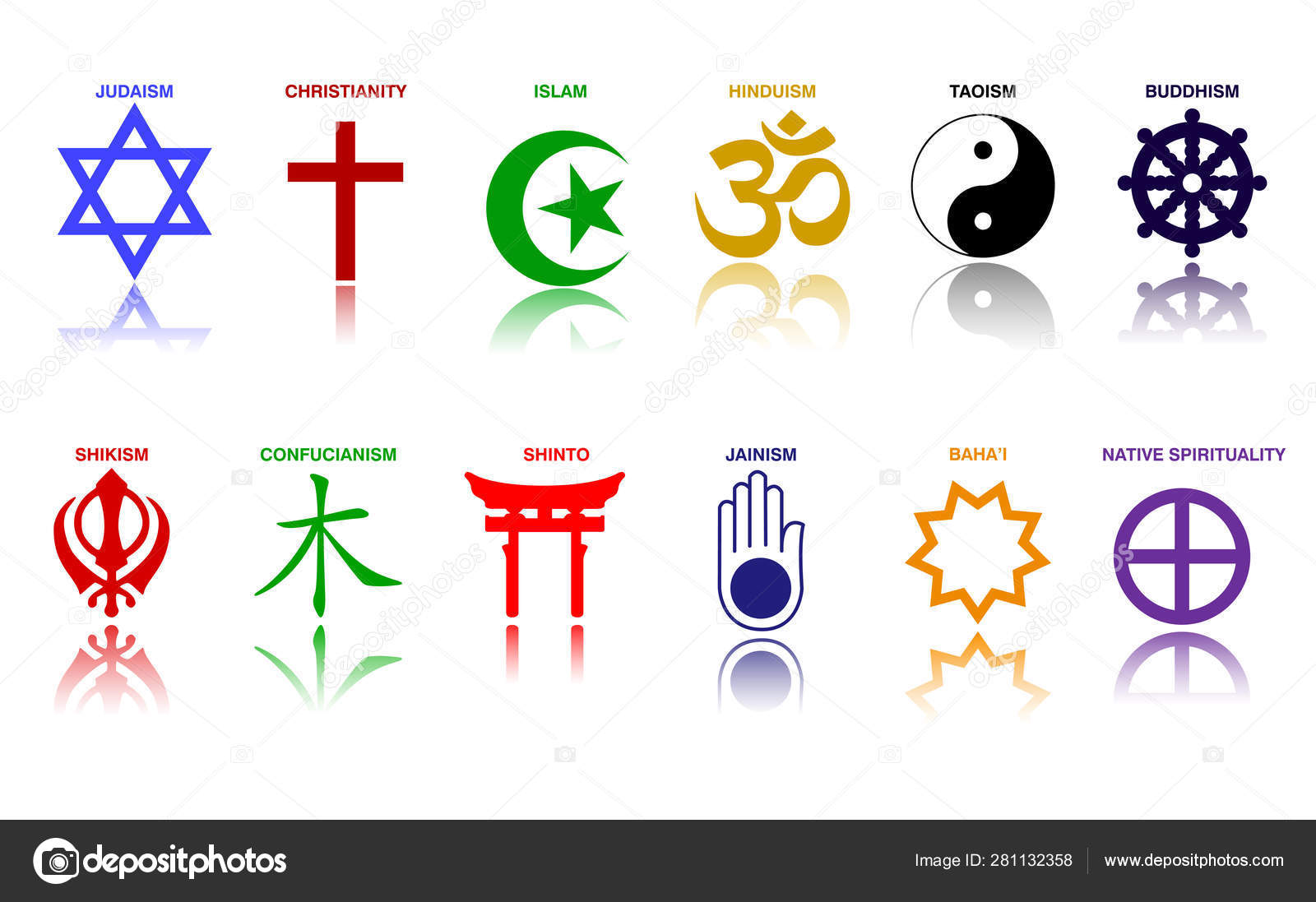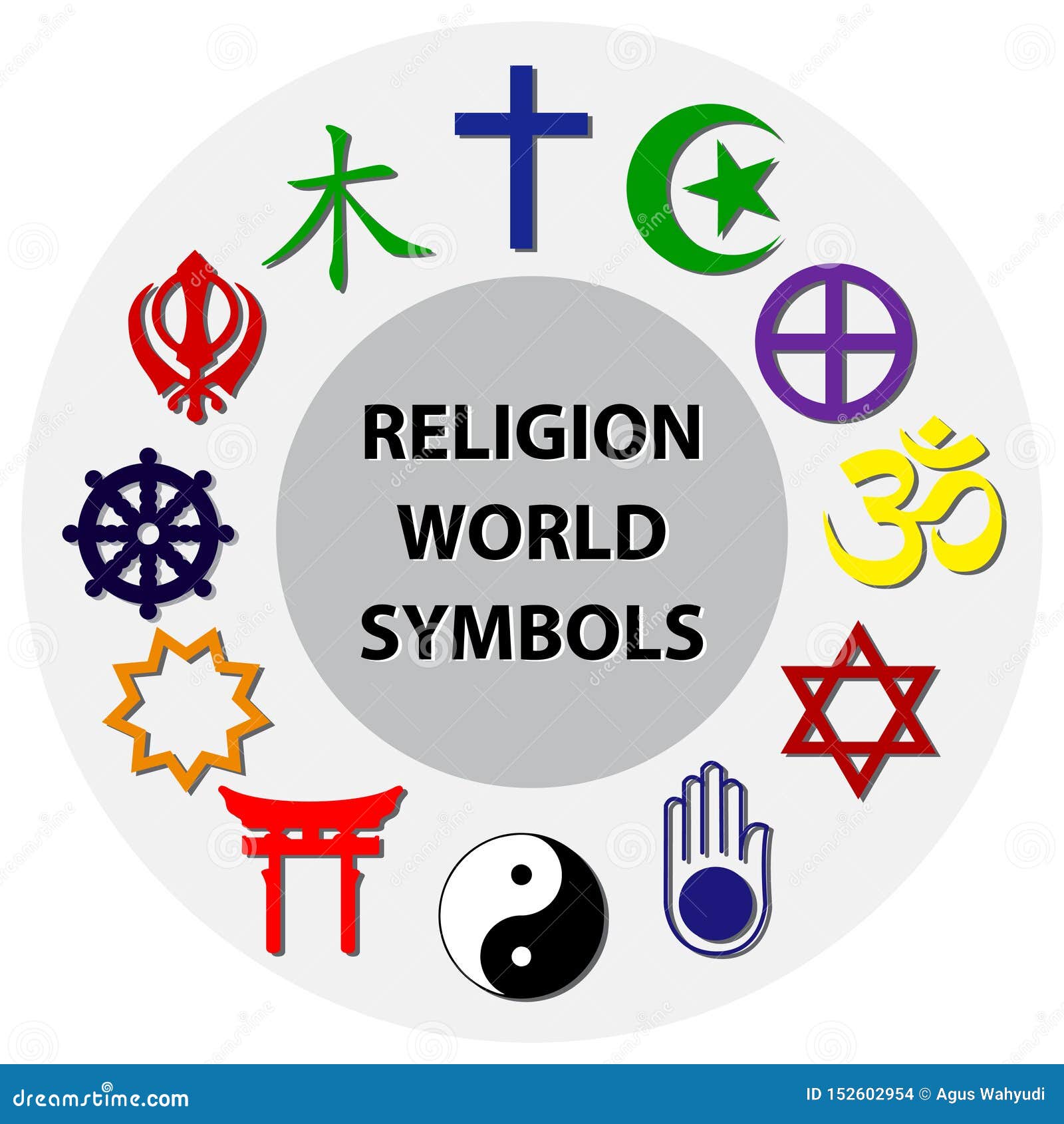Exploring Mel Gibson's Faith: What Religion Means To The Director
When we think about public figures, it's often their work that first comes to mind, isn't it? Yet, for someone like Mel Gibson, his personal beliefs, especially his faith, seem to be a very big part of the whole picture. It’s almost as if his spiritual path and his creative projects are truly woven together, making his approach to storytelling quite distinctive. So, many people wonder, what exactly is Mel Gibson’s religion, and how has it shaped the films and public discussions surrounding him?
His journey with faith, particularly his strong connection to a specific branch of Catholicism, has been a topic of much discussion over the years. This isn't just about a personal choice; it’s about how deeply held convictions can, in a way, influence a person's artistic output, sometimes even sparking widespread debate. We see this play out in his most well-known works, where religious themes are often at the very heart of the narrative.
This article aims to shed some light on Mel Gibson's religious background, looking at how his spiritual leanings might connect with his work and public life. We’ll also consider how, in some respects, his experience fits into broader patterns of religious belief and practice, much like those explored in large-scale studies of faith across populations.
Table of Contents
- Mel Gibson: A Look at His Life and Faith
- The Roots of His Beliefs: Traditionalist Catholicism
- Public Perception and the Intersection of Faith and Film
- Frequently Asked Questions About Mel Gibson's Religion
- Conclusion
Mel Gibson: A Look at His Life and Faith
Mel Gibson, a name that brings to mind both acting prowess and directing vision, has had a public life often touched by discussions of his personal convictions. He was born in Peekskill, New York, but moved to Australia with his family when he was young. This move, in a way, shaped his early life and career, giving him a unique perspective on the world of entertainment.
His career has seen many ups and downs, from becoming a global action star to a respected filmmaker. Yet, through it all, his religious background has remained a consistent, if sometimes controversial, element of his public identity. It’s fair to say, his faith is a significant part of who he is, and what he chooses to create.
Personal Details and Biography
Here’s a quick overview of some key facts about Mel Gibson:
| Full Name | Mel Colmcille Gerard Gibson |
| Birth Date | January 3, 1956 |
| Birth Place | Peekskill, New York, U.S. |
| Occupation | Actor, Director, Producer, Screenwriter |
| Known For | Mad Max series, Lethal Weapon series, Braveheart, The Passion of the Christ, Hacksaw Ridge |
| Religious Affiliation | Traditionalist Catholic |
The Roots of His Beliefs: Traditionalist Catholicism
To really get a sense of Mel Gibson's religious outlook, we need to understand Traditionalist Catholicism. This particular form of faith is, in some respects, quite distinct from mainstream Catholicism as practiced by most people today. It holds onto older forms of worship and belief, which is that, a key part of its identity.
Gibson has spoken openly about his adherence to this specific path. It's a conviction that seems to run very deep for him, influencing not just his personal life but also his professional choices. This dedication to a particular set of religious practices helps explain much of the conversation around his work, especially his more religiously themed projects.
What is Traditionalist Catholicism?
Traditionalist Catholicism, basically, refers to various groups and individuals who hold onto Catholic traditions, practices, and teachings that were common before the Second Vatican Council (1962-1965). They often prefer the Latin Mass, which is that, the traditional liturgy used for centuries, and may view some of the changes introduced by Vatican II as problematic or even harmful.
For these followers, the emphasis is often on maintaining what they see as the unchanging truths and rituals of the Church. It’s a very strong commitment to a specific historical and theological framework, and this commitment can shape many aspects of a person’s life, including their moral compass and their artistic expression.
How Faith Shapes His Art, especially The Passion of the Christ
Perhaps the most widely recognized example of Mel Gibson's religion influencing his creative work is his 2004 film, *The Passion of the Christ*. This movie, which depicts the final hours of Jesus's life, was a deeply personal project for Gibson. He directed and co-wrote it, pouring his own spiritual understanding into every scene.
The film’s stark portrayal of suffering and its intense focus on the crucifixion resonated with many, while also sparking considerable discussion and debate. It was a movie that, quite clearly, came from a place of profound religious conviction. For Gibson, it wasn't just a story to tell; it was a testament to his faith, a very real attempt to bring a sacred narrative to the screen in a way he felt was true to its essence. The choices made in the film, from its use of ancient languages to its unflinching depiction of violence, reflect a particular theological viewpoint, one rooted in traditional Catholic understanding of atonement and sacrifice. It’s almost as if the film itself became a form of religious expression for him.
Public Perception and the Intersection of Faith and Film
Mel Gibson's strong religious views have, in some respects, made him a fascinating figure in Hollywood. His willingness to express his faith so openly, particularly through his films, sets him apart. Yet, this openness has also led to considerable public scrutiny and, at times, controversy. It's a reminder that when public figures share their deeply held beliefs, it often invites a wider conversation.
The way his faith has intersected with his public persona and his creative endeavors offers a unique case study. It shows how personal conviction can truly become a very public matter, prompting discussions about art, belief, and responsibility.
Debates and Discussions Around His Religious Views
The discussions surrounding Mel Gibson's religion have been varied and, at times, quite intense. *The Passion of the Christ*, for instance, drew both immense praise for its powerful portrayal of faith and significant criticism regarding its historical accuracy and potential for promoting harmful stereotypes. These discussions often went beyond the film itself, touching upon Gibson's personal beliefs and past statements.
It seems that for many, his public actions and words are seen through the lens of his religious identity. This can make for a very complex public image, where personal faith, artistic freedom, and public accountability become, in a way, intertwined. People often debate whether an artist's personal beliefs should be separated from their work, or if they are, in fact, inseparable.
Broader Trends in Religious Affiliation
When we talk about someone like Mel Gibson and his specific religious path, it’s interesting to consider it within the wider context of religious belief. Researchers, like those at the Pew Research Center, spend a lot of time studying how people in places like the U.S. identify with different faiths. They look at things like how many people are Catholic, Protestant, Jewish, or Muslim, and how these numbers might be shifting. This is that, a very big part of understanding society.
Their surveys, which sometimes compare different ways of collecting information, show us a lot about religious practices and how important faith is in people’s lives. For instance, they've explored how education might relate to how observant Christians are, finding that often, highly educated individuals are just as observant, if not more so. So, while Mel Gibson's traditionalist Catholicism is a very particular expression of faith, it exists within a much larger, diverse tapestry of religious experience that researchers are constantly trying to measure and understand. You can learn more about these broader trends in religious affiliation and practice on the Pew Research Center website.
Frequently Asked Questions About Mel Gibson's Religion
Many people have questions about Mel Gibson's religious background, especially given the impact of his films. Here are some common inquiries:
Is Mel Gibson still Catholic?
Yes, Mel Gibson continues to identify as a Traditionalist Catholic. His adherence to this particular branch of Catholicism has been a consistent part of his public identity for many years, and he has spoken about it quite openly.
What is Mel Gibson's religion?
Mel Gibson practices Traditionalist Catholicism. This means he adheres to certain beliefs and practices that predate the Second Vatican Council, often including a preference for the Latin Mass and older forms of worship. It's a distinct part of the broader Catholic faith.
Did Mel Gibson direct The Passion of the Christ?
Yes, Mel Gibson directed and co-wrote *The Passion of the Christ*. This film is widely considered his most personal and significant work related to his religious beliefs, as it very deeply reflects his spiritual convictions and theological perspectives. You can learn more about film and faith on our site, and link to this page about religious storytelling.
Conclusion
Exploring Mel Gibson's religion gives us a clearer picture of the man behind the movies. His strong ties to Traditionalist Catholicism have, in a way, shaped his artistic vision, particularly evident in films like *The Passion of the Christ*. It’s a very personal conviction that has, quite frankly, become a very public point of discussion, prompting us to think about how faith influences creative expression and public life.
His story, in some respects, also reminds us of the rich diversity within religious traditions, a diversity that researchers continue to explore through extensive surveys and studies. It’s a compelling example of how deeply held beliefs can truly impact a person's path, both personally and professionally. What are your thoughts on how a director's faith might influence their films?

Different Types Of Religious

World religion symbols colored signs of major religious groups and

6 World Religions Symbols